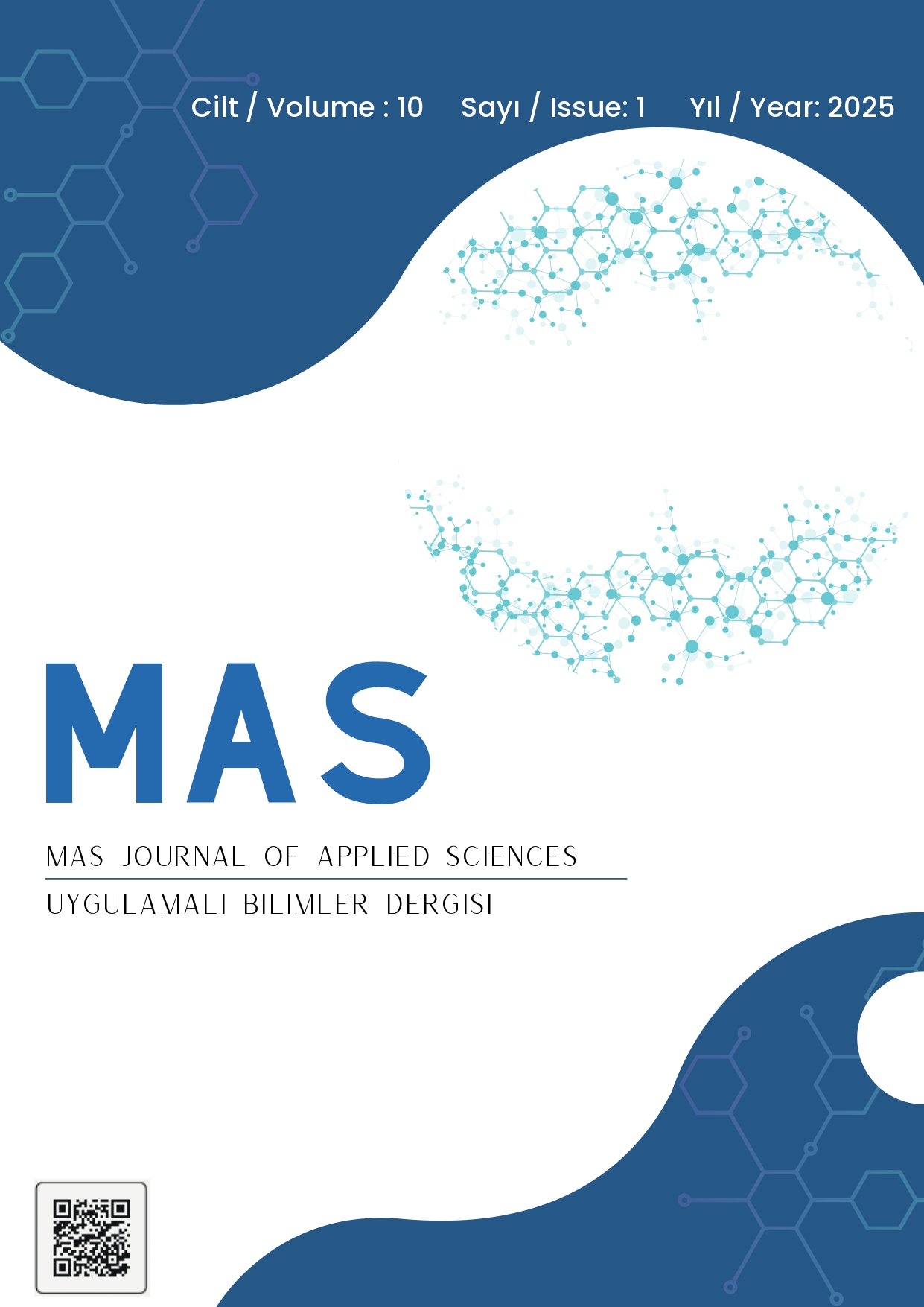The Impact of Social Media in Veterinary Education: Contributions of Social Media Use to the Learning Process in Veterinary Parasitology Education
DOI:
https://doi.org/10.5281/zenodo.15097671Keywords:
Social media, internet use, veterinarian education, parasitologyAbstract
This study investigates the social media and internet usage habits of Veterinary Faculty students, particularly in the context of the parasitology course, and examines the impact of these platforms on their learning processes. As an extension of the research conducted by Demir Ayvazoğlu and Aydenizöz (2024) due to the broad scope of the topic, this study identifies that 56.8% of participants use social media in veterinary education to access visualized case examples, 27.2% to obtain quick information about the diagnosis and treatment of diseases, and 16% to learn about disease prevention and control programs. Specifically, regarding the use of the internet for parasitology course content, 40.3% of participants reported using it to examine parasite images, 25.1% to prepare for exams, and 22.2% to access lecture slides. Google (59.1%) and YouTube (20.5%) were identified as the most preferred platforms among students for these purposes. The frequency of social media usage varied depending on individual preferences and course content, with 21.1% of students reporting frequent use and 46.2% reporting occasional use specifically for the parasitology course. Additionally, approximately 94% of students stated that they prefer to be selective rather than fully trusting information found on the internet and use various criteria to evaluate the reliability of the information. In conclusion, the study highlights that the internet and social media serve as important learning tools for students in the parasitology course, especially in terms of visual learning and quick access to information. However, promoting reliable information sources and enhancing digital literacy are critical for enabling students to benefit more effectively from these tools.
References
Avcı, K., Gerek Çelikden, S., Eren, S., Aydenizöz, D., 2015. Assessment of medical students’ attitudes on social media use in medicine: a cross-sectional study. BMC Medical Education 15: 18.
Cockram, M.S., Altchison, K., Colle, D.D.S., Goodman, G., Murray, J.A., 2007. Animalhandling teaching at the royal (DICK) school of veterinary studies, University of Edinburgh. Journal Veterinary Medical Education, 34(5): 554-560.
Çiçek, T., 2018. Güzel sanatlar fakültesi öğrencilerinin sosyal medyaya ilişkin tutumlarının incelenmesi. Adıyaman Üniversitesi Sosyal Bilimler Enstitüsü Dergisi, 30: 992-1018.
Demir Ayvazoğlu, P., Aydenizöz, M., 2024. Veteriner hekimlik eğitiminde sosyal medyanın etkisi. MAS Journal of Applied Sciences, 9(Özel Sayı): 956-964.
Denecke, K., Nejdl, W., 2009. How valuable is medical social media data? Content analysis of the medical web. Information Science, 179(12): 1870–80.
Ellaway, R., Pettigrew, G., Rhind, S., Dewhurst, D., 2005. The Edinburgh electronic veterinary curriculum: an online program-wide learning and support environment for veterinary education. Journal Veterinary Medical Education, 32(1): 38-46.
Gledhill, L., Dale, V.H.M., Powney, S., Gaitskell-Phillips, G.H.L., Nick, R.M., Short, N.R.M., 2017. An ınternational survey of veterinary students to assess their use of online learning resources. JVME, 44(4).
Hamm, M.P., Chisholm, A., Shulhan, J., Milne, A., Scott, S.D., Given, L.M., Hartling, L., 2013. Social media use among patients and caregivers: a scoping review. BMJ Open, 3(5): e002819.
Joshi, N.H., Patel, A.R., Vaidya, A.C., 2017. Usefulness of latest social media in veterinary field as felt by veterinarians. Gujarat Journal of Extension Education. Special Issue on National Seminar.
Liu, J.S., Ho, M.H.C., Lu, L.Y., 2017. Recent themes in social networking service research. PLoS One, 12(1): e0170293.
McGreevy, P., Shaw, T., Burn, D., Miller, N., 2007. Olıver: An online library of images for veterinary education and research. Journal Veterinary Medical Education, 34(4): 510-516.
Roshier, A.L., Foster, N., Jones, M.A., 2011. Veterinary students’ usage and perception of video teaching resources. BMC Medical Education, 11:1.
Saadeh, K., Henderson, V., Paramasivsam, S.J., Jeevaratman, K., 2021. To what extent do preclinical veterinary students in the UK utilize online resources to study physiology. Advances in Physiology Education, 45: 160–171.
Siegford, J.M., Bernardo, T.N., Malinowski, R.P., Laughlin, K., Zanella, A.J., 2005. Integrating animal welfare into veterinary education: using an online, interactive course. Journal Veterinary Medical Education, 32(4): 497-503.
Sivakumar, A., Jayasingh, S., Shaik, S., 2023. Social media ınfluence on students’ knowledge sharing and learning: an empirical study. Education Sciences, 13(7): 745.
Taher, T.M.J., Ali, D.M., 2024. Impact of Internet and social media on academic performance, social ınteraction, and mental health among a sample of ıraqi university students. Kufa Medical Journal, 20(1).
Downloads
Published
How to Cite
Issue
Section
License
Copyright (c) 2025 The copyright of the published article belongs to its author.

This work is licensed under a Creative Commons Attribution-NonCommercial 4.0 International License.


